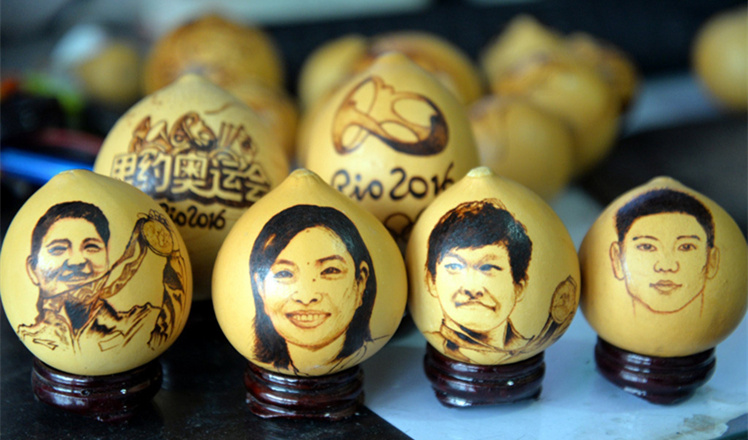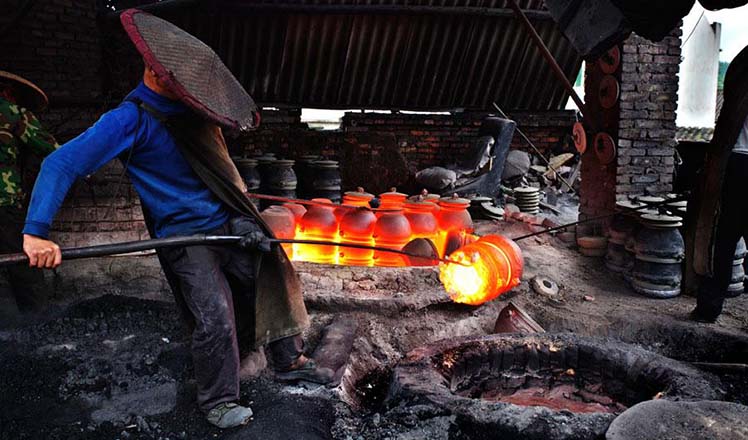Old is gold
Updated: 2016-08-16 07:35
By Wang Kaihao(China Daily)
|
||||||||
 |
|
[Photo provided to China Daily] |
Yu Jing, who runs an embroidery studio in the capital, says people today are keen to include traditional handicrafts as part of their daily decorations. That gives artisans the opportunity to keep the crafts alive.
"Before making an embroidery piece, for example, one has to consider where it can be used," she says, adding that in the olden days, artisans usually didn't design but just followed certain patterns or paintings.
"But today, we need more expertise to design the patterns at the very beginning, and make the clothes in the end."
According to Zhong Liansheng, a national-level master of cloisonne enamel, the exhibition represents a revival of Beijing's traditional craftsmanship, which once endured difficulties.
"Those articles used to only be exported and had low domestic consumption in the 1980s," Zhong recalls.
When export demand fell, the skills lost appeal.
"The old master-apprentice model was in crisis."
It is therefore necessary to train potential inheritors when they are young, he says.
"A good thing is that many exhibits today are actually works by students in schools," he says.
Wang Shijie, head of the Beijing Senior Technical School of Arts and Crafts, says his school now has more than 1,500 students honing their skills in traditional craftsmanship.
- Nepal's newly elected PM takes oath
- Texas gun law worries incoming students
- China vows to deepen economic, trade cooperation with ASEAN
- Fire guts Emirates jet after hard landing; 1 firefighter dies
- Egypt's Nobel-laureate scientist dies of illness in US
- THAAD muscle flexing unmasks anxiety over declining hegemony

 Top 10 tech billionaires worldwide
Top 10 tech billionaires worldwide
 Castro, 90, offers thanks on birthday, slams Obama
Castro, 90, offers thanks on birthday, slams Obama
 Romantic ending for Olympic diving lovebirds
Romantic ending for Olympic diving lovebirds
 Pyrographs of Rio Olympics champions on gourds
Pyrographs of Rio Olympics champions on gourds
 Bolt's hat-trick proves he is the king on track
Bolt's hat-trick proves he is the king on track Phelps writes new page with four wins in same event
Phelps writes new page with four wins in same event
 Ma Long wins Chinese derby to edge defending champion
Ma Long wins Chinese derby to edge defending champion
 Yingjing County's hand-crafted 'black pottery'
Yingjing County's hand-crafted 'black pottery'
Most Viewed
Editor's Picks

|

|

|

|

|

|
Today's Top News
Phelps puts spotlight on cupping
US launches airstrikes against IS targets in Libya's Sirte
Ministry slams US-Korean THAAD deployment
Two police officers shot at protest in Dallas
Abe's blame game reveals his policies failing to get results
Ending wildlife trafficking must be policy priority in Asia
Effects of supply-side reform take time to be seen
Chinese State Councilor Yang Jiechi to meet Kerry
US Weekly

|

|









